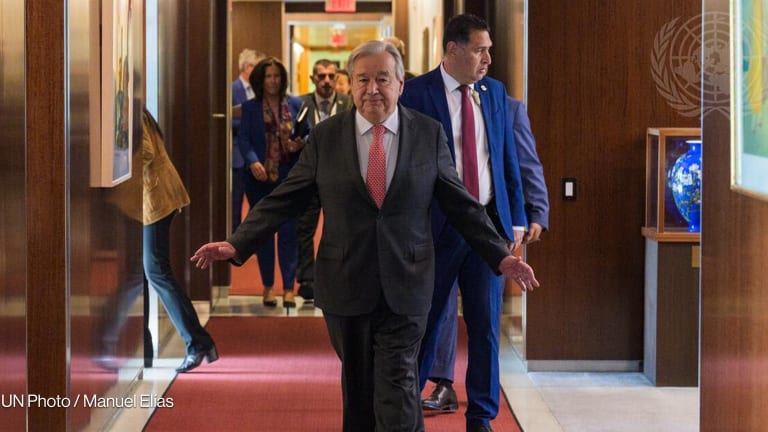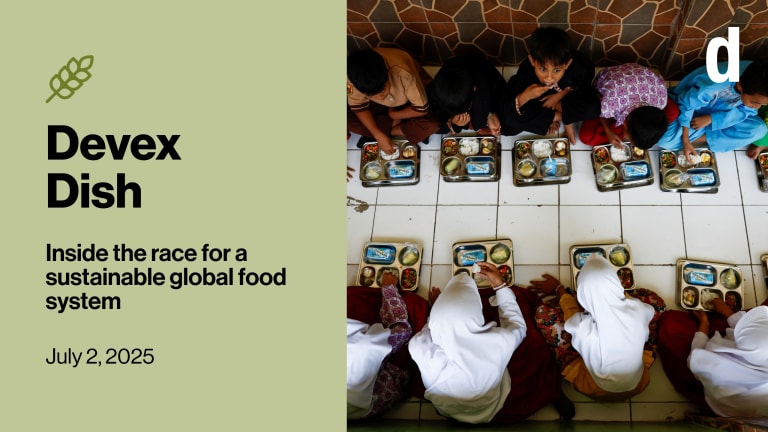SAN FRANCISCO — A range of United Nations agencies are already exploring use cases for unmanned aerial vehicles, actively using drones in their work, or focusing on the regulatory environment that will be needed for drones for good to take flight.
One of the barriers that stands in the way of more drones reaching impact at scale is a clash of cultures between agencies experimenting with the tech and those tasked with creating guidance on its safe use.
International development professionals are excited about the ways UAVs can advance their work in global health, foreign aid, and humanitarian response. Those who come from an aviation background, meanwhile, are more likely to prioritize safety and guidelines first.
This story is forDevex Promembers
Unlock this story now with a 15-day free trial of Devex Pro.
With a Devex Pro subscription you'll get access to deeper analysis and exclusive insights from our reporters and analysts.
Start my free trialRequest a group subscription





